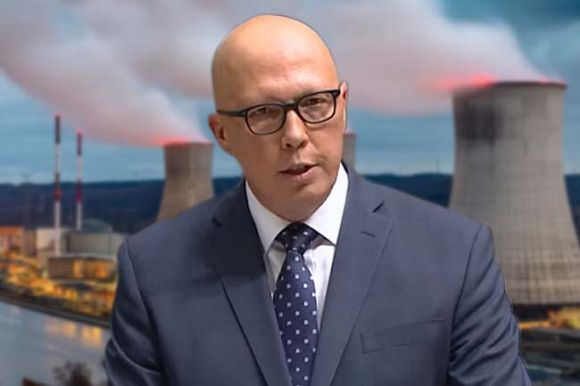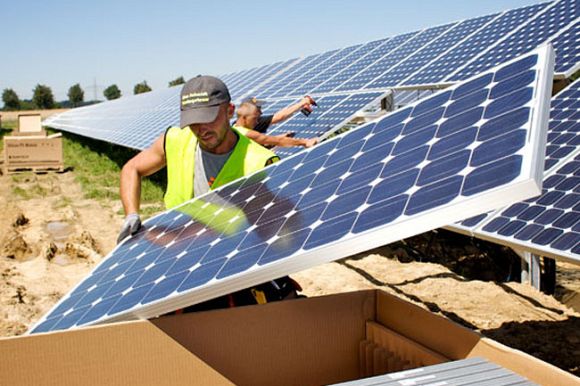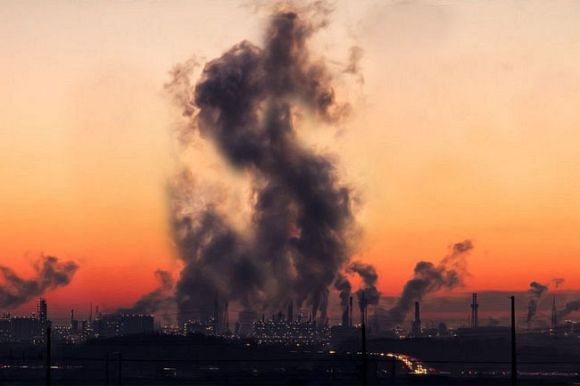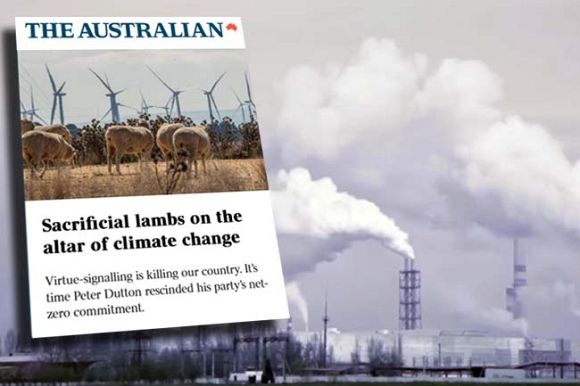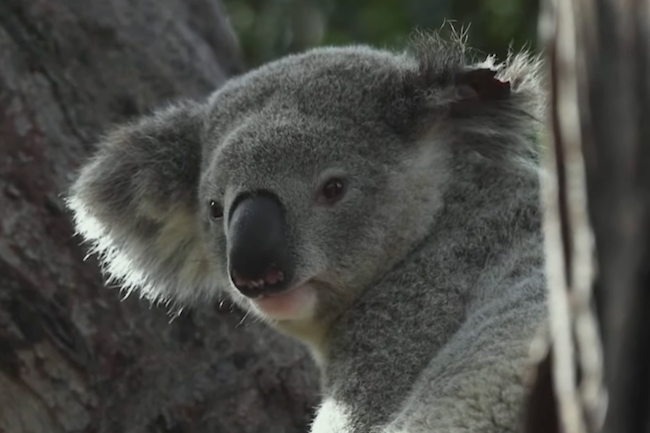Both major parties are ignoring the critical impacts of climate change impacts and biodiversity loss.
As Opposition Leader Peter Dutton and Prime Minister Anthony Albanese set their forces to fight a new round of climate wars, a weary, increasingly cynical public wonders when Australia will have the benefit of sane, educated, environmentally responsible governments.
Dutton crossed the climate red line ditching the Government’s target of cutting greenhouse gas emissions by 43% before 2030.
Instead, the Coalition insists gas and nuclear power will do the job by 2050.
Shadow Climate Change and Energy Minister Ted O'Brien said:
“The only way that Australia will achieve net zero is with nuclear in the mix.”
The CSIRO says a nuclear plant would cost at least $8.6 billion. Their report finds nuclear energy more expensive than renewable alternatives. Nuclear plants require fossil fuel to construct with the Opposition providing no details on where the plants would be built. A major issue is access to water with any potential area likely to conflict with existing water needs.
By 2050, Dutton and Albanese will be old men, with no obligation to ask forgiveness of the generation living in a wasteland of concrete, heat, drought, dried-up rivers, agricultural lands unable to produce the food needed to feed the population, wildlife and forests long gone.
Sounds scary doesn’t it? But unless Dutton and Albanese educate themselves on climate change and biodiversity loss, and jointly act in the national interest by urgently undertaking the desperately needed steps to reduce carbon emissions, Australia will be a poster child for climate impacts.
The writing is on the wall, as the UN secretary-general said:
Humanity has opened the gates of hell.
We are heading towards a 2.8-degree temperature rise — towards a dangerous and unstable world.
Minister for Energy and Climate Change Chris Bowen said Dutton’s decision would see Australia in breach of the Paris Accord (an international treaty ratified by Australia on climate change), ensuring “Australia becomes an international pariah and an investment wasteland”.
Australia already is an international pariah. Under the Morrison Government, a 2021 article in The Conversation indicated the Government’s idea of ‘national environment standards‘ would entrench Australia’s global pariah status.
International scientists, the UN and climate control agencies expressly state that climate change and biodiversity loss can’t be dealt with separately. Each issue is dependent on the other. Yet neither the Liberal nor Labor parties will discuss, mention or focus on the duality and the need to ensure both issues are addressed simultaneously.
According to the Wilderness Society, Australia is number one for mammal extinctions in the entire world, with 50% of forests and bushlands wiped out.
The Biodiversity Council research demonstrates catastrophic losses are occurring, including:
- an estimated 3 billion vertebrate animals... and 60 billion invertebrate animals killed or displaced in the Black Summer fires;
- four mass coral bleaching events on the Great Barrier Reef in the past seven years;
- multiple major fish kills in the Murray-Darling Basin; and
- deaths of large numbers of flying foxes and cockatoos in very hot weather — these animals are important forest pollinators and seed dispersers.
The report indicates most ecosystems are in decline and 17 show signs of collapse.
Extreme climatic events (2011 to 2017) have led to abrupt and extensive mortality of key marine habitat-forming organisms — corals, kelps, seagrasses, and mangroves — along 45% of Australia’s coast.
On the Liberal Party’s website, according to the key points, ‘The first duty of any government is to keep Australians safe and secure’. The environment, biodiversity loss and climate change don’t rate a mention.
Unfortunately, Dutton is right on one issue, saying in an interview:
‘They [Labor Government] have no hope of achieving the targets and there’s no sense signing up to targets when you don’t have any prospect of achieving.’
The Australia Institute’s research demonstrates 116 new fossil fuel projects on the Federal Government’s annual resource and energy major project list, adding 4.8 billion tonnes of emissions to the atmosphere by 2030.
In an earlier research paper by the Institute’s Polly Hemming, she explained that the Australian Government counts how much carbon dioxide has been sucked up by trees and is stored in the soil. It then subtracts that from the overall CO2 emitted and comes up with Australia’s “net emissions”.
Hemming writes:
It’s a risky way to manage your climate accounts because the land sector is very vulnerable to the impacts of climate change. A hotter and drier climate means our vegetation is at increasing risk, and the soil is losing more carbon than ever.
Including land use enables Australia to claim a reduction in emissions that does not involve actually reducing emissions...
Removing land use gives a much more honest recording of emissions produced by a nation. And doing so demonstrates that, since 2005, Australia has only cut emissions by 2%, not 25%.
Comprehensive research by several scientists in 2023 indicated Australia only reports changes in soil carbon for the top 30 centimetres of soil, an inadequate measurement.
The Climate Change Authority’s 2023 annual progress report found that Australia is not yet on track to meet its 2030 emissions reduction target. In fact, the nation’s greenhouse gas emissions increased by four million tonnes. The report does not include data on biodiversity loss.
Then there’s Labor’s new gas policy which lays out a plan to open new gas fields and increase gas exports to “help the region prosper”. According to The Guardian article, scientists warn that gas has become “the fastest-growing source of carbon dioxide to the atmosphere”.
Logging of Australia’s native forests is rampant, with no provisions to protect forest fauna, flora or ecosystems. Forests store large amounts of carbon in trees’ branches, leaves, trunks, roots and soil. When forests are clear-felled, stored carbon is released into the atmosphere.
Australia’s State of the Environment report in 2021 reported Australia listed as number three (behind China and the U.S.) among countries with the highest loss of soil organic carbon.
The public is entitled to know why both major parties ignore reality in terms of climate change impacts and biodiversity loss. Media statements focused on investment issues caused by differing climate change policies ignore the catastrophic evidence of political egomania, leaving current and future generations at risk of survival.
Shakespeare had it right when he wrote, ‘A plague on both your houses’ — an appropriate description of Australia's current political situation.
Sue Arnold is an IA columnist and freelance investigative journalist. You can follow Sue on Twitter @koalacrisis.
Related Articles
- Fishing industry facing pressure from climate crisis
- News Corp continues to endorse climate change nonsense
- Fossil fuel lobby steer COP28 climate deal towards global catastrophe
- Climate denial order of the day at COP28
- COP28: Where fossil fuel industries go to gloat
 This work is licensed under a Creative Commons Attribution-NonCommercial-NoDerivs 3.0 Australia License
This work is licensed under a Creative Commons Attribution-NonCommercial-NoDerivs 3.0 Australia License
Support independent journalism Subscribe to IA.



